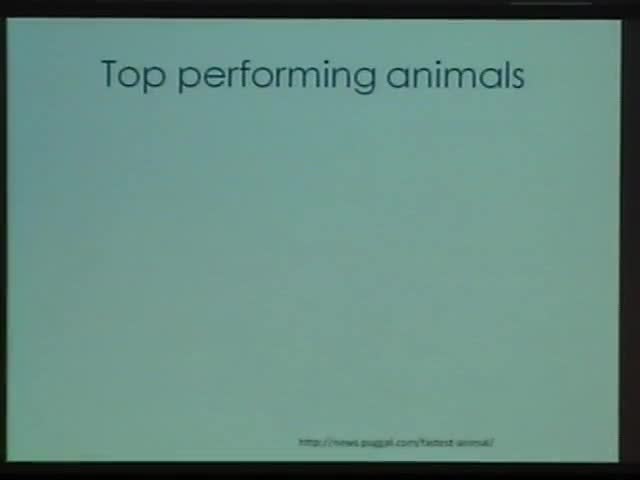Tradeoffs between swimming and feeding: The curious case of the upside down jellyfish
Presenter
June 2, 2010
Keywords:
- Kinematics
MSC:
- 70B10
Abstract
When studying the mechanics of swimming and flying, engineers and
scientists often pose questions in the form of optimization strategies. This
approach has been quite useful when trying to understand the kinematics of
insect flight or the frequency that fish beat their tails. Understanding the
kinematics and the morphology of animals that multitask is not as
straightforward. For example, the elaborate tails of male guppy fish are
likely not optimized for swimming efficiency or speed, but they do increase
the likelihood of attracting a mate. In this presentation, the fluid
dynamics of the currents generated by the upside down jellyfish *Cassiopea
sp. *will be presented in the context of swimming and feeding. Medusae of
this genus are unusual in that they typically rest upside down on the ocean
floor and pulse their bells to generate feeding currents, only swimming when
significantly disturbed. The pulsing kinematics and fluid flow around these
upside-down jellyfish is investigated using a combination of videography,
digital particle image velocimetry, and numerical simulation. There is no
evidence of the formation of a train of vortex rings as observed in oblate
medusae exhibiting rowing propulsion. Instead, significant mixing occurs
around and directly above the oral arms and secondary mouths. Numerical
simulations using the immersed boundary method agree with experimental
measurements and suggest that the presence of porous oral arms induce net
horizontal flow towards the bell and the absence of coherent vortex
structures. The implications of these results on feeding and swimming
efficiency will be discussed.
